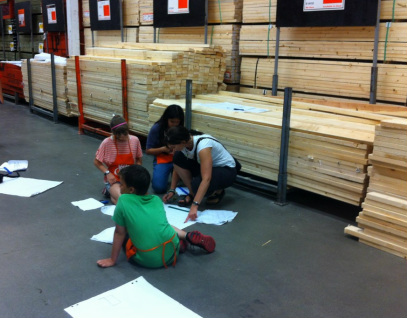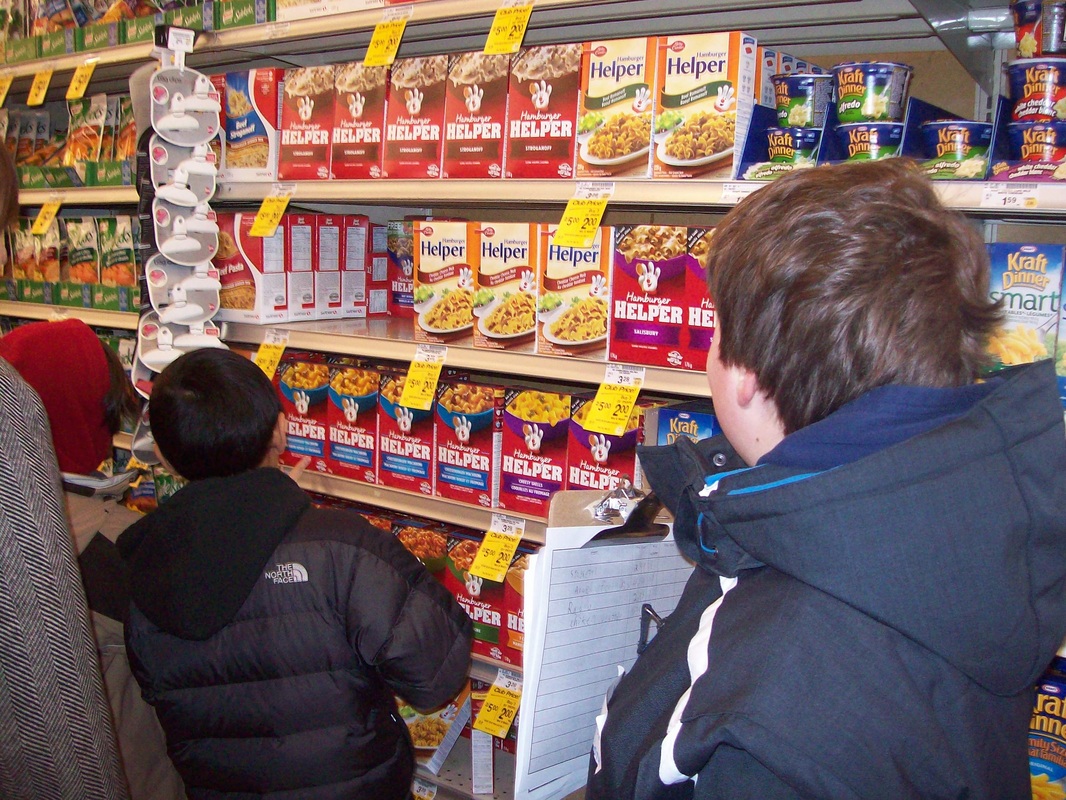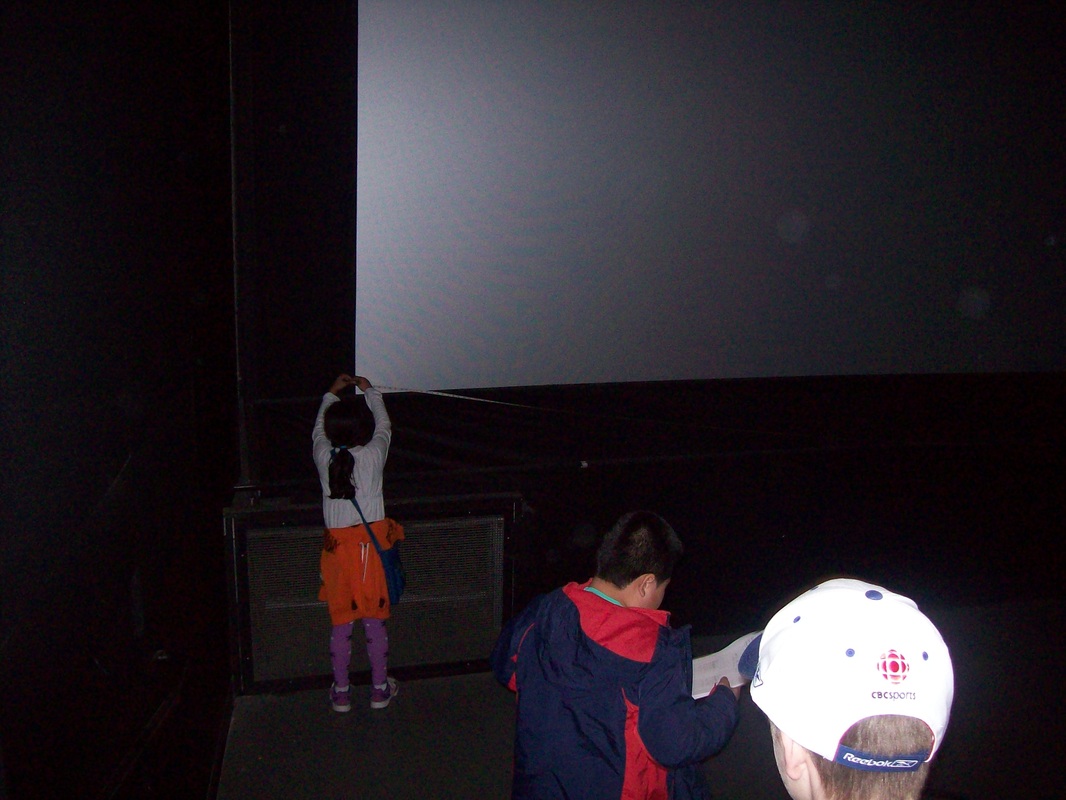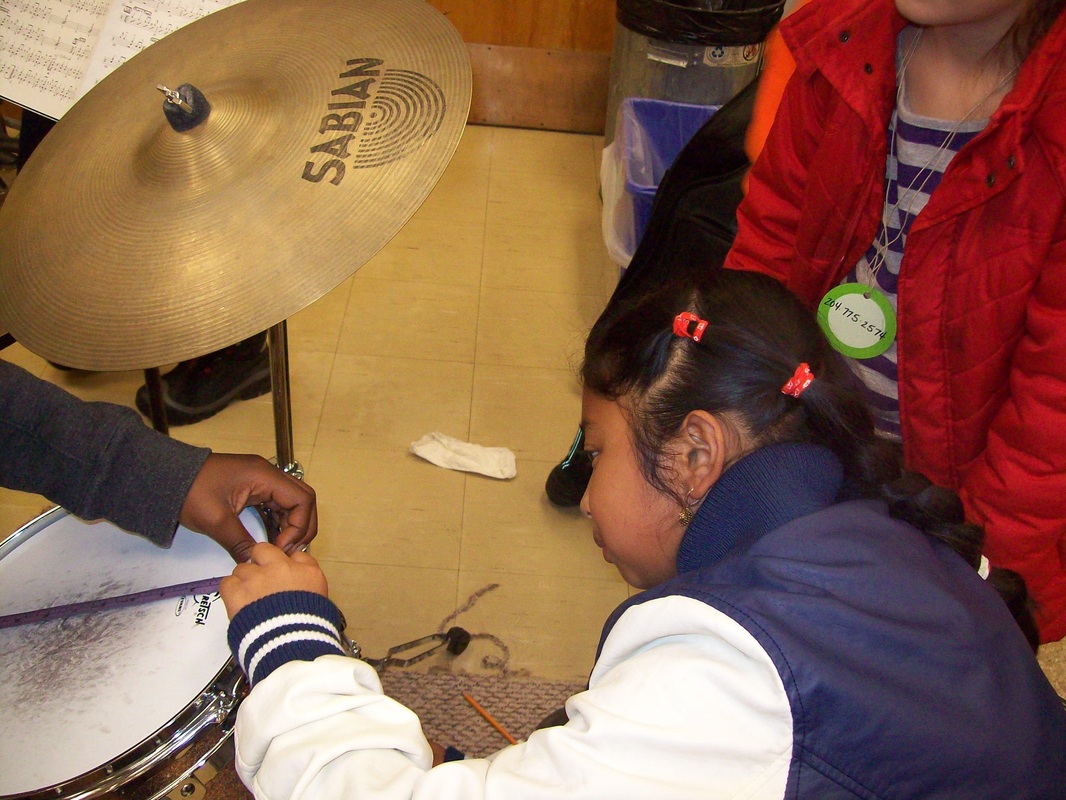Reseacrh
Once student questions have been defined they identify
measurements, data and information needed to reach the solution. Information is
gathered from a number of sources including reference materials, technology,
experts in the field, and other classmates. Students themselves enter into the
problem to gather information through measuring and analysing. Determining
which tools to use requires students to consider the context of their solution
and appropriate units. Students learn to
evaluate the information and make decisions about its relevance to the
solution.
To be successful in this stage a student must maintain a balance of innovative personal strategies, known strategies and formal algorithms. Students must be familiar with the operations and understand the relationships between them. The learner also identifies formulas and information that would be helpful in their process but that are not yet known.
To be successful in this stage a student must maintain a balance of innovative personal strategies, known strategies and formal algorithms. Students must be familiar with the operations and understand the relationships between them. The learner also identifies formulas and information that would be helpful in their process but that are not yet known.
|
Students wondered about the amount of materials and cost of
building a tree fort.
During a trip to Home Depot we researched : information about the size and price of building materials including: the number of 2 by 4's needed, the size of a sheet of plywood, the number of packages of shingles and nails. This information was then used to determine the cost of the tree forts designed by students. |
|
At the grocery store we researched the price, volume and
weight of some of our favorite items.
This information was then used to determine the best buy, savings with a "Club Card" and the cost to feed our family for a week. We were able to connect this experience with our trip to the food bank as we explored to cost of food. |
|
At the movies we researched:
the dimensions of the theater screen, the number of seats per theater, the cost of a ticket for students and adults, the cost snack, and the dimensions of the popcorn machine. This information helped us to compare the size of the movie screen with that of our computer screen in the classroom, the total number of seats available and the total amount of money earned by the cinema from a sold out show, the cost of a trip to the movies for a family, and the total amount of popcorn kernels popped each day. |
|
With the help of a Band at our local high school we
researched: the dimensions of a drum to find how the sound changes according to
size, the length of guitar strings and the length of trombone positions to find
how length affects sound, how a whole note, a half note, a quarter note and an
eighth note sound.
This information was then used to build our understanding of surface area, volume and fractions. |




